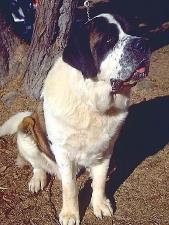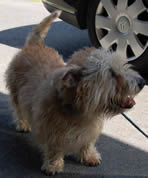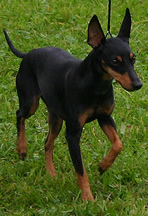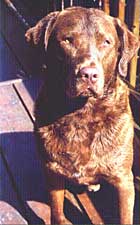







A powerfully built, muscular dog with a massive head and drooping ears, the Saint Bernard is descended from the Molossian Mastiff. Wanting a dog which would work as guards and mountain guides the monks of the ancient Hospice du Grand Saint Bernard in the Swiss Alps developed this breed. Probably descended from mastifflike dogs that were introduced from Asia to Europe by the Romans, the St. Bernard appears to have been brought to the hospice in the late 17th century. The most famous of the hospice dogs was Barry, who reportedly saved more than 40 people before his death in the early 1800s. They became famous for rescuing travelers and climbers on the Swiss Alps. In 1830 Newfoundland blood was introduced in an attempt to give the breed added size and vitality. Up until that time all Bernard's were short-coated.
 Irish Red and White Setter - Choosing an Irish Red and White Setter
Irish Red and White Setter - Choosing an Irish Red and White Setter
 Glen of Imaal Terriers: A guide to dogs and puppies of the Glen of Imaal Terrier breed
Glen of Imaal Terriers: A guide to dogs and puppies of the Glen of Imaal Terrier breed
 Manchester Terriers: A guide to dogs and puppies of the Manchester Terrier breed
Manchester Terriers: A guide to dogs and puppies of the Manchester Terrier breed
 Is a Labrador Retriever Right for You? Survey Results from Lab Owners
Is a Labrador Retriever Right for You? Survey Results from Lab Owners
 Medium Dog Breeds
Medium Dog Breeds
 Chesapeake Bay Retriever
Chesapeake Bay Retriever
Copyright © 2005-2016 Pet Information All Rights Reserved
Contact us: www162date@outlook.com